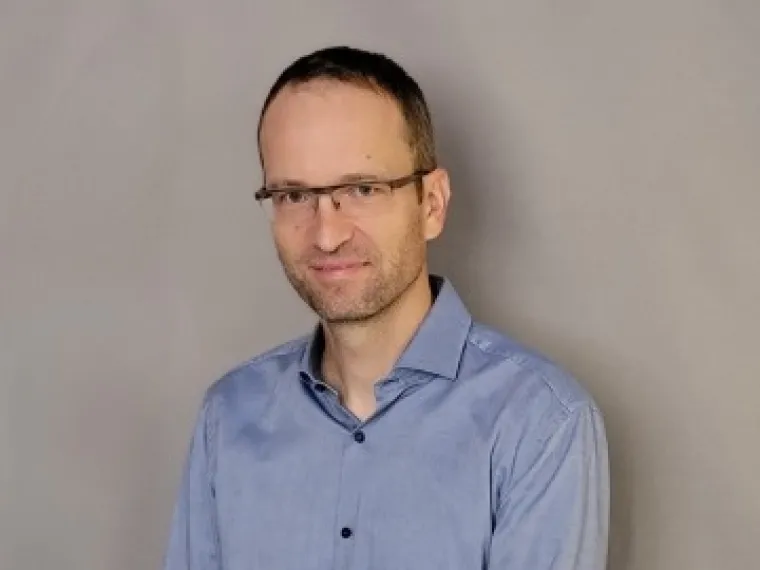Oliver Monti
Professor, Chemistry & Biochemistry
Research in LabMonti™ is focused on obtaining a detailed understanding of interfacial processes in 2D materials, quantum materials and in organic semiconductors. 2D materials such as graphene, MoS2 and others, are atomically thin extended crystals that exhibit profoundly new properties that can be readily tailored. Organic semiconductors are a class of molecules that provide widely tunable electronic properties once assembled into thin films. Quantum materials exhibit properties that are purely quantum mechanical in nature. All three materials classes are drawing significant attention for novel electronic and optoelectronic devices such as photovoltaic cells, thermoelectrics or spin valves, and in quantum information processing.
For device applications of these materials, interfaces with electrodes and other materials play a crucial role in determining device properties. This is because charges or spins are always collected across an interface, forming an important bottleneck in any electronic device. Interfaces are however intrinsically complex environments, and as a consequence, the development of high-performance solar cells or other electronic devices presents a major challenge, and new avenues to understand and control such interfaces need to be developed.
Research in LabMonti™ seeks to elucidate the chemistry and physics of charges in in these materials at interfaces on the short length- and time-scales present in electronic and spintronic devices. We probe these interfaces with advanced steady-state and ultrafast photoelectron spectroscopies in our lab and at synchrotrons, and study self-assembly using scanned probe microscopy under highly controlled conditions. We have some of the world's most unique capabilities to investigate electronic structure on very small length-scales, and can combine this with very high time-resolution to develop mechanistic insight into energy and charge-flow across interfaces. We use insights gained from this work also to understand quantum transport at the ultimate size limit.


